How does an architect move into professional practice without losing the inspirations found during their student days? Timothy Alouani-Roby met with Alex Symes in Sydney’s inner west for a chat about how the award-winning architect has kept passion at the heart of practice.

February 13th, 2023
Pepper Tree House by Alexander Symes Architect has been getting lots of attention – at the Sustainability Awards alone, the project won The Best of the Best and Single Dwelling (Alteration) awards. Reaching this point, however, has been far from a straightforward journey. Symes’ route from student to respected architect has been defined by a certain pluckiness – stubbornness even – and a clear-sighted focus on what fundamentally motivates his design.
Symes’ journey (so far) in fact holds lessons for all of us, in whatever field of endeavour, and particularly for students uncertain about finding their way through such a wide profession as architecture. Instead of capitulating to the pressure to metamorphose and compromise principles in order to fit into the kind of role that might be popular at a given time, this architect has maintained his own interests as his lodestar.

“Just follow your passion and your dedication to doing the best job possible will yield amazing results. Don’t be worried that it might involve a contorted path; if you try to do great things, great things will happen,” says Symes. Pursue your passion and something meaningful will eventually form around it.
The ’eventually’ part is not insignificant: Symes spent years pursuing opportunities at practices whose work would fit with his own concerns about sustainability. There are of course setbacks too, such as the opening at Arup which was cancelled when the 2008 financial crisis hit. Fortunately, that opportunity came up again later; Symes’ passion must have made an impression and, with that experience, he was able to gain invaluable knowledge that was as much engineering as architectural.
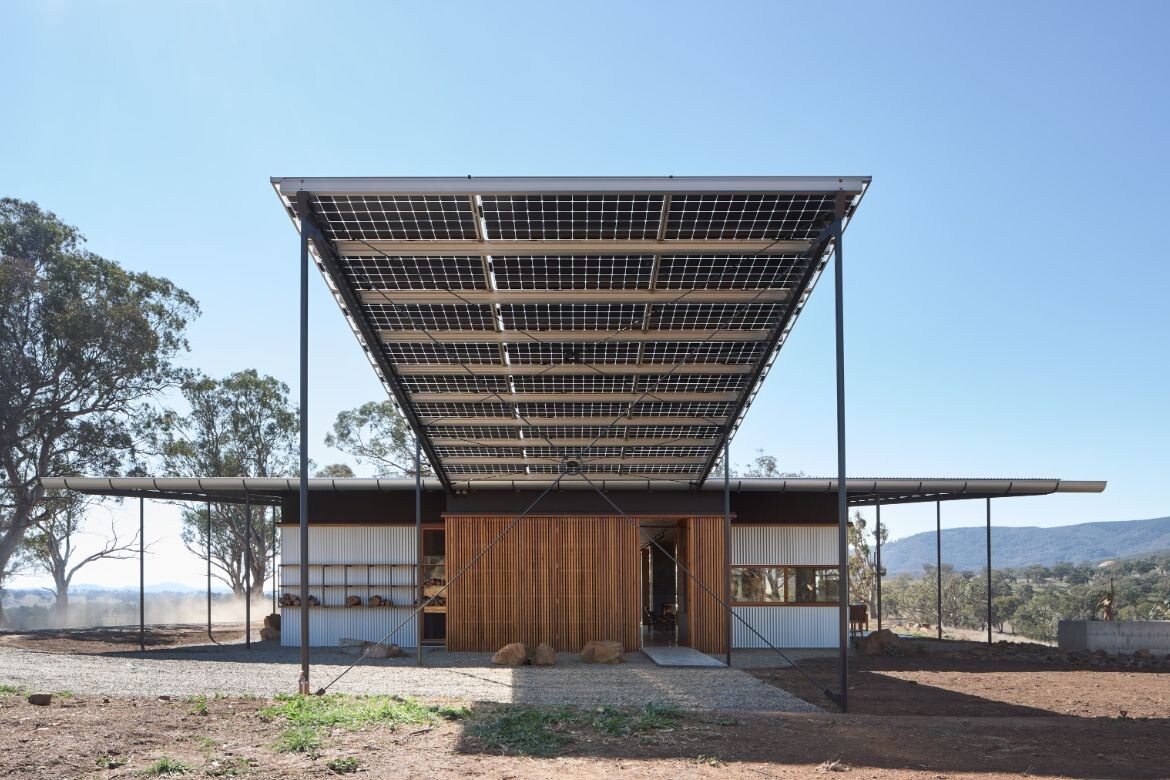
The interest in sustainability and system change reaches back to university days and a particularly formative experience as an exchange student in Lund, Sweden. “It wasn’t until I came back after having amazing experiences travelling the world looking at architecture that I thought: we’re so backward here in terms of recycling, for example, compared to places such as Lund,” explains Symes.
As these convictions formed, the importance of the educational setting also became clear. In fact, Symes felt the need to find a different educational environment in Australia that would nurture design understood in terms of sustainable system change rather than aestheticised object architecture – again, an example of the willingness to plot a new course guided by passion and principle rather than pragmatism or time.
Related: Designing for community with Austin Maynard Architects

Holding the line and pursuing this course even when it felt uncertain and scary has led to the strong credentials of today. The design of Pepper Tree House, for example, is built on foundations of knowledge and experience gained at “the coalface learning the highest standards of technical building.” With increasing reputation, Symes is also finding that clients, often repeat ones, are becoming more daring in trusting his vision.
Technical facade detailing and passive house credentials aside, some fundamental architectural principles underpin the work too. Radically mixed usage, for example, is a key feature of Pepper Tree, where the daytime office can transform into a publicly open space for others to experience the design.

“Taking the idea that a space can be more than one thing is a great starting point. It’s madness to me that you’d occupy a building from 9am to 6pm, then leave and go to another building from 6pm to 9am. Why can’t we use half the resources and save on time? I’ve always advocated for using a resource much more than it already is,” says Symes.
With a good part of the knowledge, reputation and vision in place, it will be exciting to see where this practice goes in the future. Most importantly, we can expect them to remain at the vanguard of protecting sustainability against the ever-present threat of greenwashing.
Alexander Symes Architect
alexandersymes.com.au
Photography
Barton Taylor (unless credited otherwise)
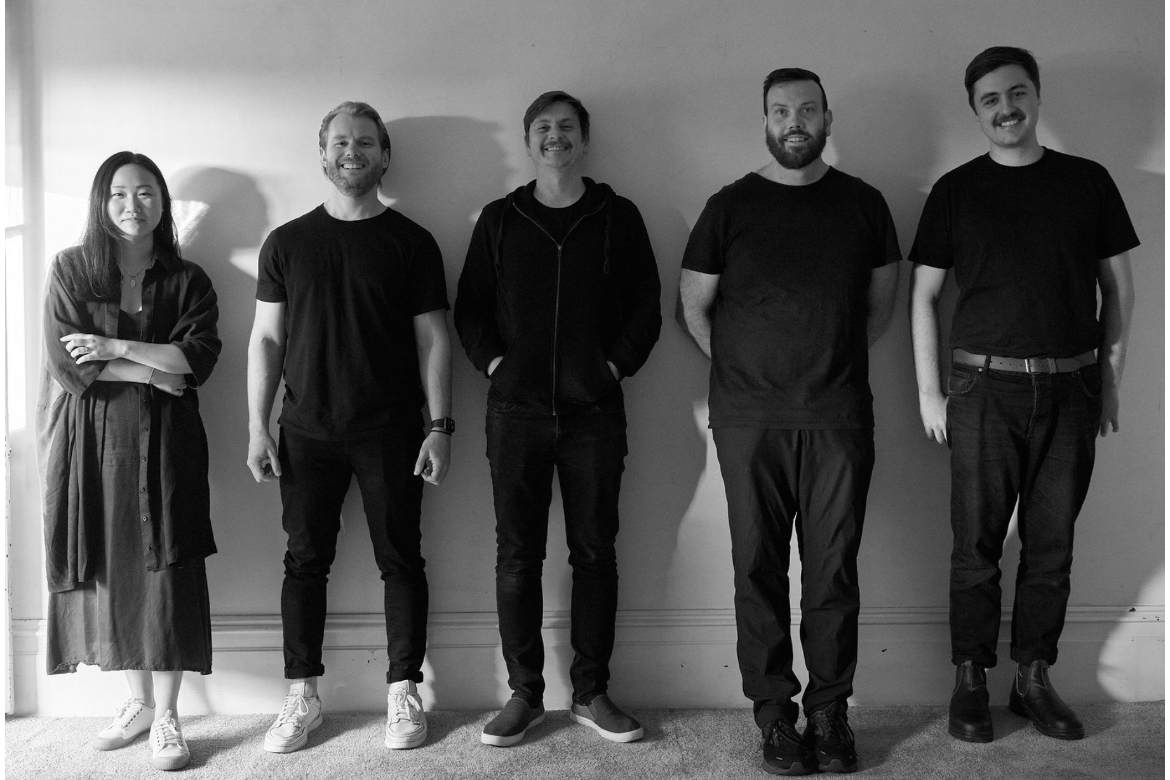

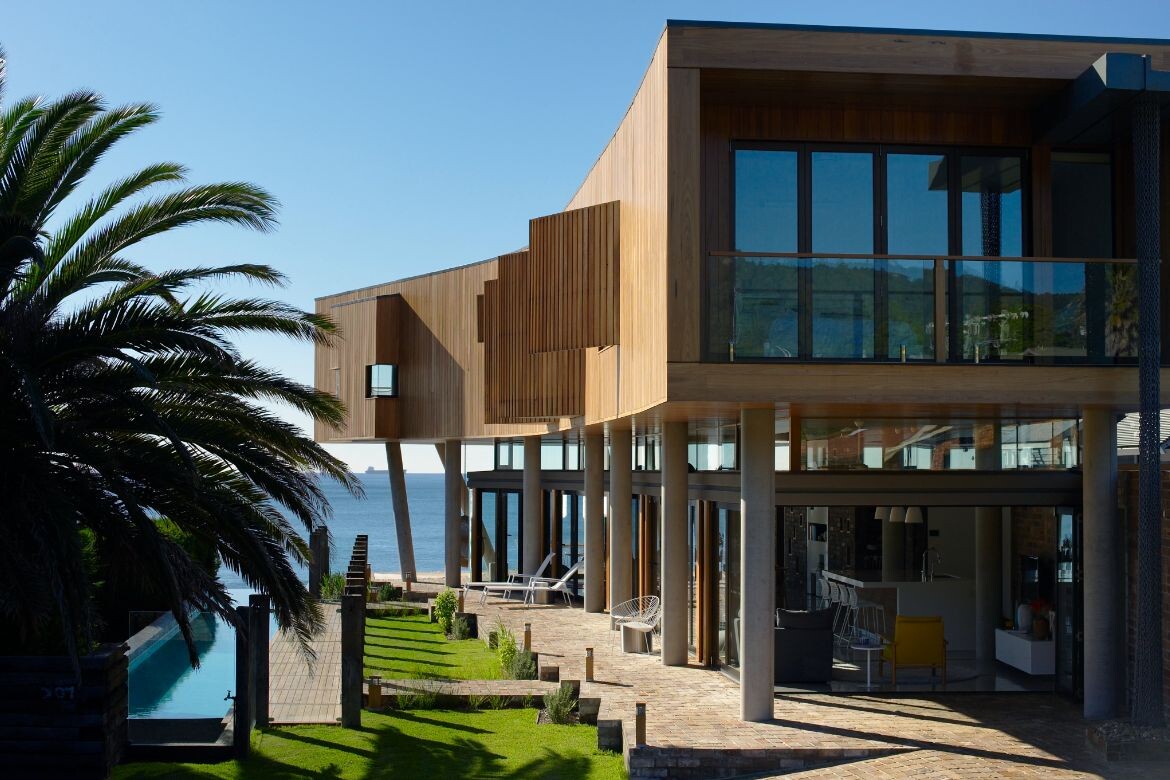




We think you might also like this article reflecting on decades of practice with Tzannes.
INDESIGN is on instagram
Follow @indesignlive
A searchable and comprehensive guide for specifying leading products and their suppliers
Keep up to date with the latest and greatest from our industry BFF's!

For those who appreciate form as much as function, Gaggenau’s latest induction innovation delivers sculpted precision and effortless flexibility, disappearing seamlessly into the surface when not in use.
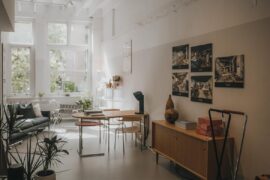
Sydney’s newest design concept store, HOW WE LIVE, explores the overlap between home and workplace – with a Surry Hills pop-up from Friday 28th November.

Sydney’s newest design concept store, HOW WE LIVE, explores the overlap between home and workplace – with a Surry Hills pop-up from Friday 28th November.
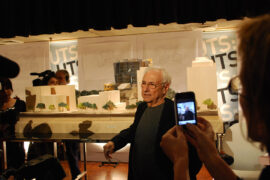
We republish an article in memory of the late architect by UTS, whose Dr Chau Chak Wing Building was Gehry’s first built project in Australia. The internationally revered architect passed away on 5th December.
The internet never sleeps! Here's the stuff you might have missed

For a closer look behind the creative process, watch this video interview with Sebastian Nash, where he explores the making of King Living’s textile range – from fibre choices to design intent.
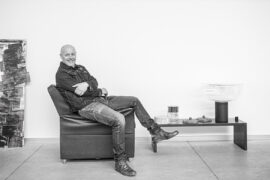
We caught up with Abramo Manfrotto, CEO of Venetian decorative lighting brand LEUCOS, during a visit to Australia with dedece.